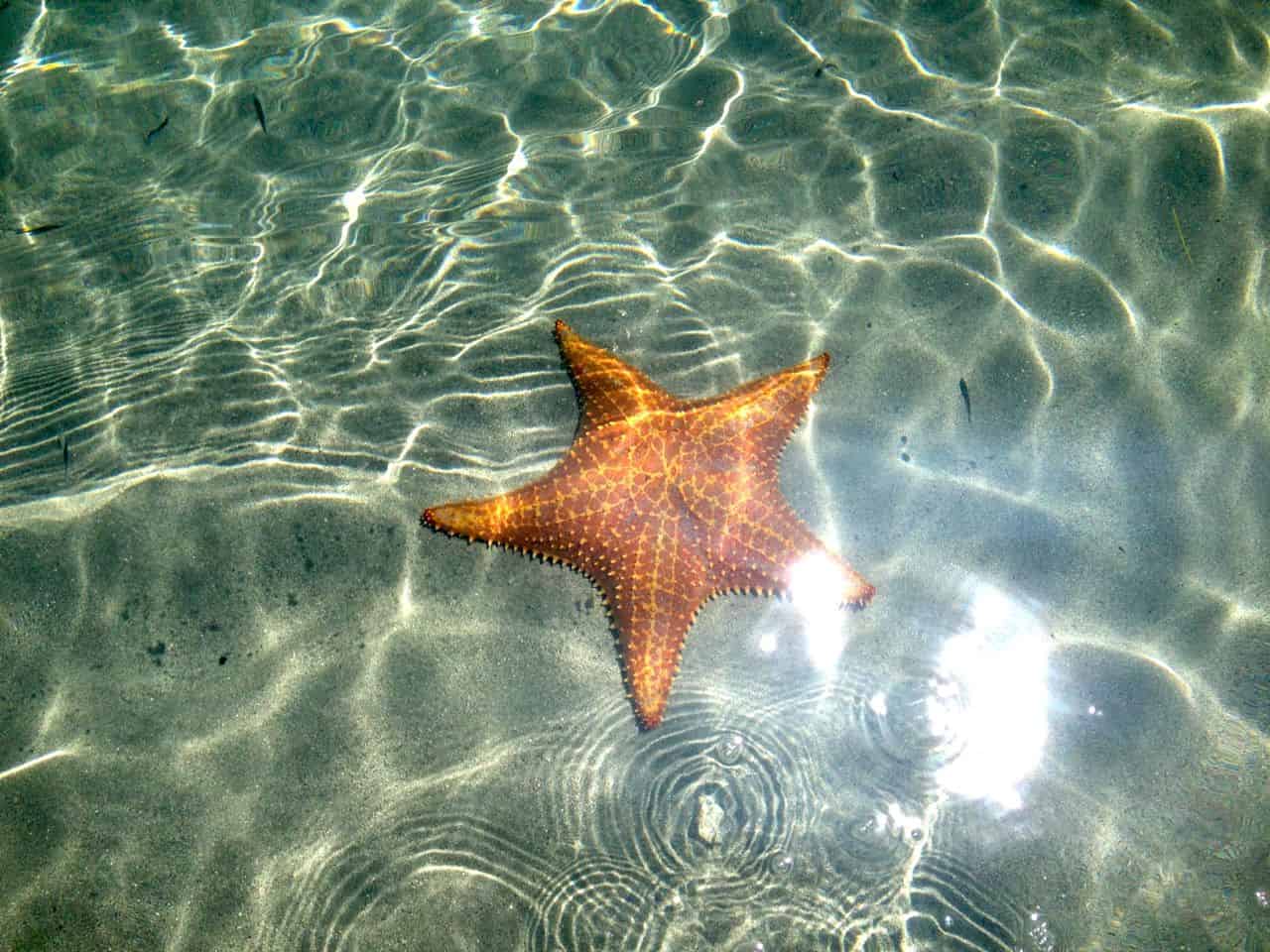If you believe the websites and guidebooks, turquoise seas crash up against every beach and crystal rivers run clear all over Costa Rica. But actually, that’s not true. Water so clear you can see through it can be hard to find, and most shorelines tint blue green. Or brown. The reason is sediment, and any little nonliving thing in the water is sediment. Sediment determines the colors of the rivers and the sea, and waves can stir it up.
Whether the water is a dark, industrial opaque, a heavy-rain brown, a murky forest green, a transparent deep blue or something in between depends on what goes into rivers, and how far you are from those rivers. A brown river might mix with a blue sea or a green ocean might blend with a clear river. Going further to sea means clearer water, unless you have a red or green tide.
Drifting in the ocean are plants so small you need a microscope or very young eyes to see them. Creatures almost as tiny eat the plants, and both the creatures and the plants are called plankton. If you can move yourself through the water you can never be plankton. You are nekton. Get over it.
Less plankton means more transparent water for nekton to swim through. Unfiltered and untreated waste often is full of things plankton love, so dirty runoff causes plankton blooms. Costa Rica’s worst red tides seem to be caused by the heaviest rains filling the ocean with human chemicals, fertilizers, pesticides and other generally nasty stuff for nekton like us. So clear water is not found near river mouths, especially not in rainy time.
There are a lot of rivers in Costa Rica. Dive underwater in most of them and you might be able to see your hand through your facemask. The only remaining rivers in Costa Rica that often run clear to the sea flow on the Osa Peninsula in areas with rugged terrain, like the Río Agujas in Drake Bay or the Río Claro at Punta Marenco.
Follow the coral if you want to find the clear water away from river mouths. Corals do not build a reef if the water is not of a certain transparency. Find the coral reefs in Costa Rica and you have found where the water has been clearest. But that does not mean it will be clear on any given day. Things change.
Underwater visibility can change in hours or even minuets. And it’s always changing. Some times of year are likely to see clear or murky water. Right now, as is typical for September and October, the Pacific is full of rain runoff and plankton and the Caribbean is clear and calm, with summer in full swing.
Unless a big hurricane swell moves in, Manzanillo to almost Punta Mona on the south Caribbean coast will offer the clearest waters in Costa Rica for the next few months. For the rest of the year, the clear is to be found offshore in the Pacific.
This is likely because the Pacific Ocean is less polluted than the Caribbean Sea, and so blooms less plankton, meaning underwater visibility at Caño and Cocos Island is twice as good as Manzanillo on a clear day. You can double visibility again by heading away from land to the offshore blue water of the Osa Peninsula. Open ocean off Osa is particularly clear due to deep ocean currents normally blowing in and carrying very little plankton.
Despite our technological prowess and super connectedness, the exact location of the clearest Costa Rican waters right now is a classified secret by Mother Nature.
I guess we don’t need to know.







